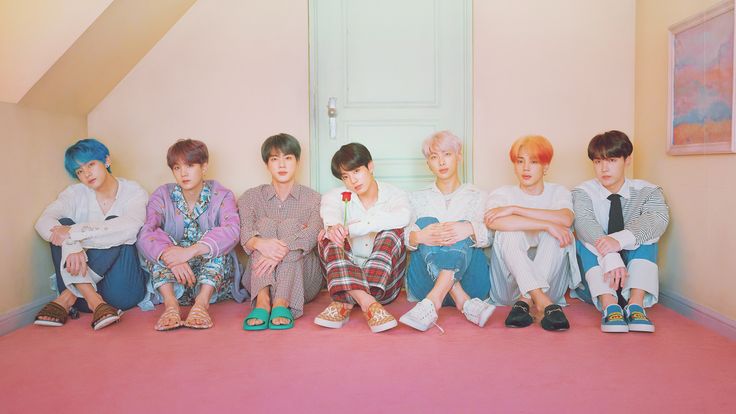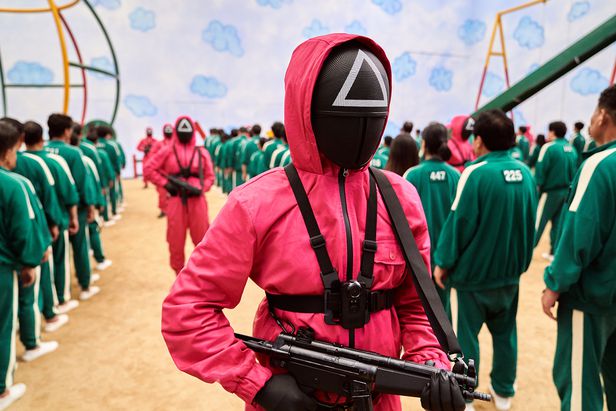Korean adjectives are essential for expressing qualities, characteristics, and states of being in a sentence. Adjectives in Korean are used to describe nouns, and they add depth and detail to your speech. Understanding how to use adjectives properly will help you speak more naturally and express yourself more vividly in Korean.
In this post, we’ll break down how to use Korean adjectives, their placement in a sentence, and provide examples to help you build your vocabulary and sentence structure.
1. What Are Korean Adjectives?
Korean adjectives, also known as 형용사 (hyeongyongsa), are words used to describe or modify nouns. They can express qualities, states, or conditions of the subject or object in a sentence. In Korean, adjectives do not change form based on the subject, but they are conjugated depending on the tense or politeness level of the sentence.
- Example:
- 아름답다 (areumdapda) = beautiful
- 맛있다 (masitda) = delicious
- 작다 (jakda) = small
2. Adjectives in Korean Sentence Structure
Korean adjectives are placed directly before the noun they modify. The adjective typically comes before the noun and agrees with it in terms of meaning, but does not change its form.
Example:
- English: “A big house.”
- Korean: “큰 집 (keun jip)”
- 큰 (keun) = big (adjective)
- 집 (jip) = house (noun)
3. How to Conjugate Korean Adjectives
Korean adjectives are conjugated similarly to verbs. They change depending on whether the sentence is in the present, past, or future tense, and based on the level of politeness. Here are the three main conjugations:
- Present Tense (Polite): Add -아요/어요 (depending on the vowel).
- Example: “이 책은 재미있어요.” (This book is interesting.)
- Past Tense (Polite): Add -았어요/었어요.
- Example: “그녀는 예뻤어요.” (She was beautiful.)
- Future Tense (Polite): Add -겠어요.
- Example: “내일 날씨가 좋겠어요.” (The weather will be nice tomorrow.)
4. Descriptive Adjectives and Verbs
In Korean, adjectives can sometimes function as verbs. This is particularly the case with adjectives that describe actions or states. For example:
- 아프다 (apeuda) = to be sick/painful
- Example: “머리가 아파요.” (My head hurts.)
- 부족하다 (bujokhada) = to be insufficient
- Example: “시간이 부족해요.” (There’s not enough time.)
5. Using Adjectives in Comparison
Korean also has comparative and superlative forms of adjectives. To make comparisons, you can use 더 (deo) for “more” and 가장 (gajang) for “the most.”
- Comparative Example:
- 더 빠르다 (deo bbareuda) = to be faster
- English: “This car is faster.”
- Korean: “이 차는 더 빨라요.” (This car is faster.)
- Superlative Example:
- 가장 빠르다 (gajang bbareuda) = to be the fastest
- English: “This is the fastest car.”
- Korean: “이 차는 가장 빨라요.” (This car is the fastest.)
6. Common Adjectives You Should Learn
Here are some common Korean adjectives that you’ll use often in daily conversations:
- 크다 (keuda) = big
- 작다 (jakda) = small
- 맛있다 (masitda) = delicious
- 아름답다 (areumdapda) = beautiful
- 빠르다 (bbareuda) = fast
- 느리다 (neurida) = slow
- 행복하다 (haengbokhada) = happy
- 슬프다 (seulpeuda) = sad
- 따뜻하다 (ttatteuthada) = warm
- 차갑다 (chagapda) = cold
7. Conclusion: Practice and Improve Your Descriptive Skills
Using adjectives correctly is essential to making your Korean sentences more expressive and colorful. By learning how to conjugate adjectives and apply them in various contexts, you’ll be able to describe your surroundings, feelings, and opinions more naturally. Practice these adjectives and start incorporating them into your daily conversations!




